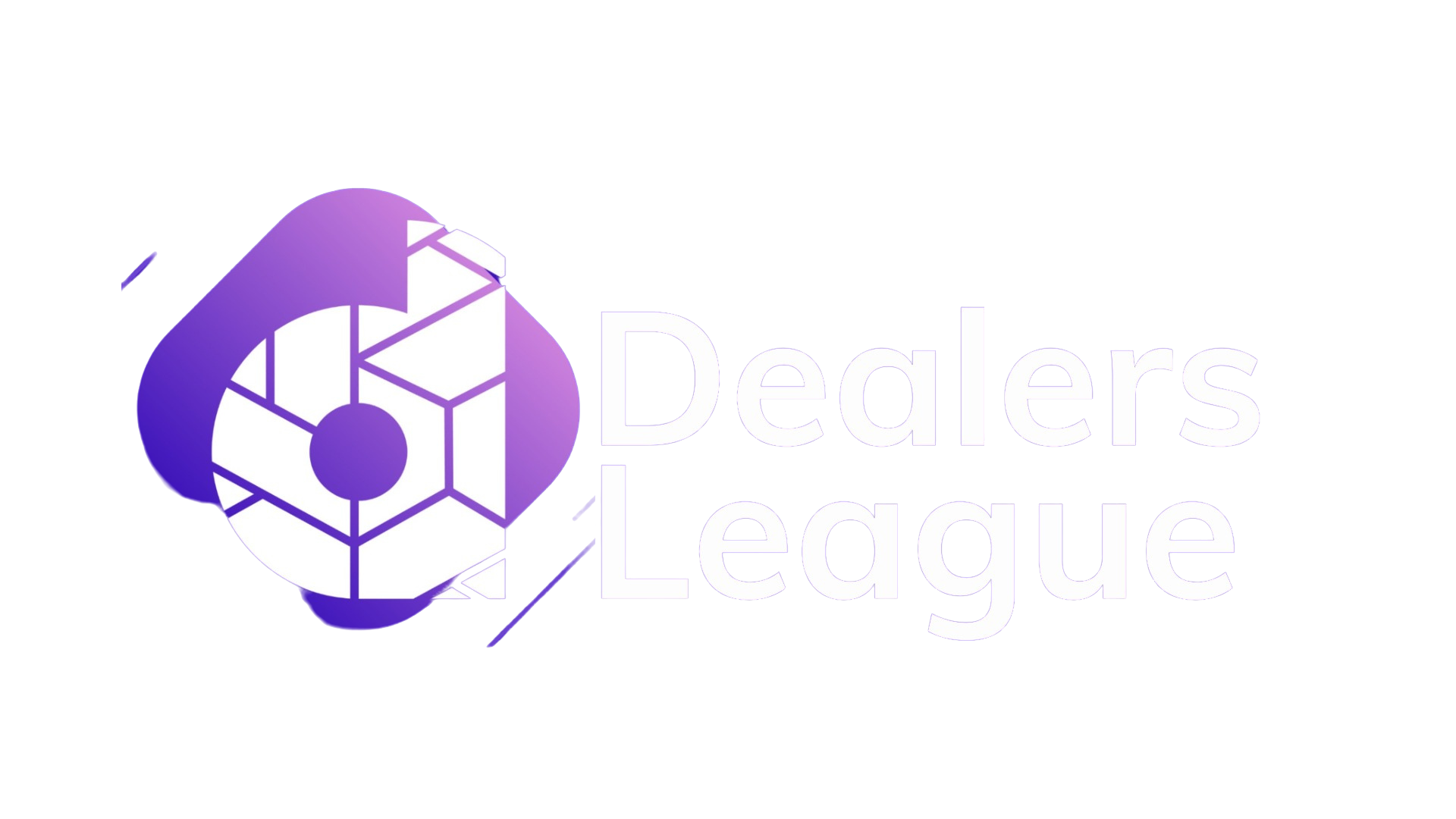A well-planned content strategy is important for your SEO success. Without it, even the most optimised content can fail to gain traction. Today, we’re diving into how to build a robust content strategy that aligns with your SEO goals and keeps your audience engaged.
1. The Importance of a Content Strategy
A content strategy is your roadmap for producing and distributing content that reaches your target audience, drives traffic, and boosts your SEO efforts. Instead of creating content sporadically, a well-thought-out strategy helps you maintain consistency, relevance, and quality, which are all essential for ranking well on search engines.
Why You Need a Content Strategy:
• Consistency: Publishing content consistently helps build authority and maintain engagement.
• Direction: It provides a structured plan to follow, making sure you stay on topic and don’t miss any opportunities.
• Alignment with Business Goals: A good content strategy ensures that each piece of content aligns with your broader business objectives.
2. Planning with a Content Calendar
A content calendar is an essential tool to keep your content creation on track. It helps you organize what topics to cover, when to publish them, and which keywords to target.
Creating a Content Calendar:
• Set Publishing Dates: Decide on how frequently you’ll publish content (e.g., weekly blog posts, monthly newsletters).
• Topic Selection: Choose topics based on your keyword research and what’s trending in your industry.
• Content Formats: Include a mix of formats—blog posts, infographics, videos, and podcasts—to keep your audience engaged.
Pro Tip: Tools like Trello, Asana, or Google Calendar can help you keep track of your content schedule and assign tasks to team members.
3. Building Content Clusters
Content clusters are a great way to establish your website as an authority in your niche. The idea is to create multiple pieces of content (cluster content) around a central topic (pillar content), all linked together.
How to Build Content Clusters:
• Pillar Content: This is an in-depth, comprehensive piece of content that covers a broad topic (e.g., “SEO Basics”).
• Cluster Content: These are related articles that dive deeper into subtopics (e.g., “How to Do Keyword Research,” “On-Page SEO Tips”).
• Internal Linking: Link your cluster content back to the pillar content and vice versa to help search engines understand the relationship between these pieces.
Building content clusters helps improve your internal linking structure, boosts authority, and enhances user experience by making it easy for visitors to find all relevant information on a topic.
4. Identifying Audience Needs
Understanding your audience’s pain points is critical to creating content that resonates. Your content should provide solutions to their problems, answer their questions, and guide them to the information they’re looking for.
How to Understand Your Audience:
• Surveys and Feedback: Conduct surveys, read reviews, and pay attention to customer feedback to understand what your audience is struggling with.
• Keyword Research: Look at the questions people are asking around your keywords. Tools like Answer the Public or Google’s People Also Ask can help you discover the topics your audience is interested in.
• Competitor Analysis: Look at what your competitors are writing about. If their content is engaging your target audience, it might be a good idea to create similar content—but do it better.
5. Choosing Content Topics and Keywords
The topics you cover and the keywords you choose are at the core of your content strategy. Your keywords should align with what your target audience is searching for, and your topics should be broad enough to cover different aspects of your industry.
Topic Selection:
• Keyword Focus: Use your keyword research to identify the most relevant and high-potential keywords for your industry.
• Evergreen vs. Trending: Evergreen content remains relevant for a long time, providing consistent value, while trending topics can bring in short-term spikes in traffic. A mix of both is ideal.
• Content Gaps: Identify gaps in your competitors’ content—what are they missing that your audience wants to know?
6. Repurposing Content
Creating content can be time-consuming, so repurposing it helps you get more mileage out of your work. Repurpose your existing blog posts into infographics, videos, social media posts, or even eBooks.
How to Repurpose Content:
• Turn Blog Posts into Videos: Create a short video summarizing the key points of a blog post.
• Create Infographics: Take data-heavy or step-by-step blog content and turn it into an easy-to-understand infographic.
• Social Media Teasers: Extract quotes or snippets from your content to share on social media to drive traffic back to your website.
Repurposing helps reach a wider audience across different platforms and keeps your content fresh.
Conclusion
A well-crafted content strategy is the foundation of a successful SEO campaign. By planning your content calendar, building content clusters, understanding your audience’s needs, and repurposing existing content, you’ll create a consistent flow of valuable, optimised content that will improve your SEO rankings and build trust with your audience.
Next, we’ll dive into how to get your site indexed faster!


1 Comment
Lindsey John
Great insights on developing an effective content strategy! I love how the post highlights the importance of planning with a content calendar and building content clusters to boost SEO. Focusing on audience needs and repurposing content are game-changers for staying relevant and consistent. Thanks for sharing these practical tips!